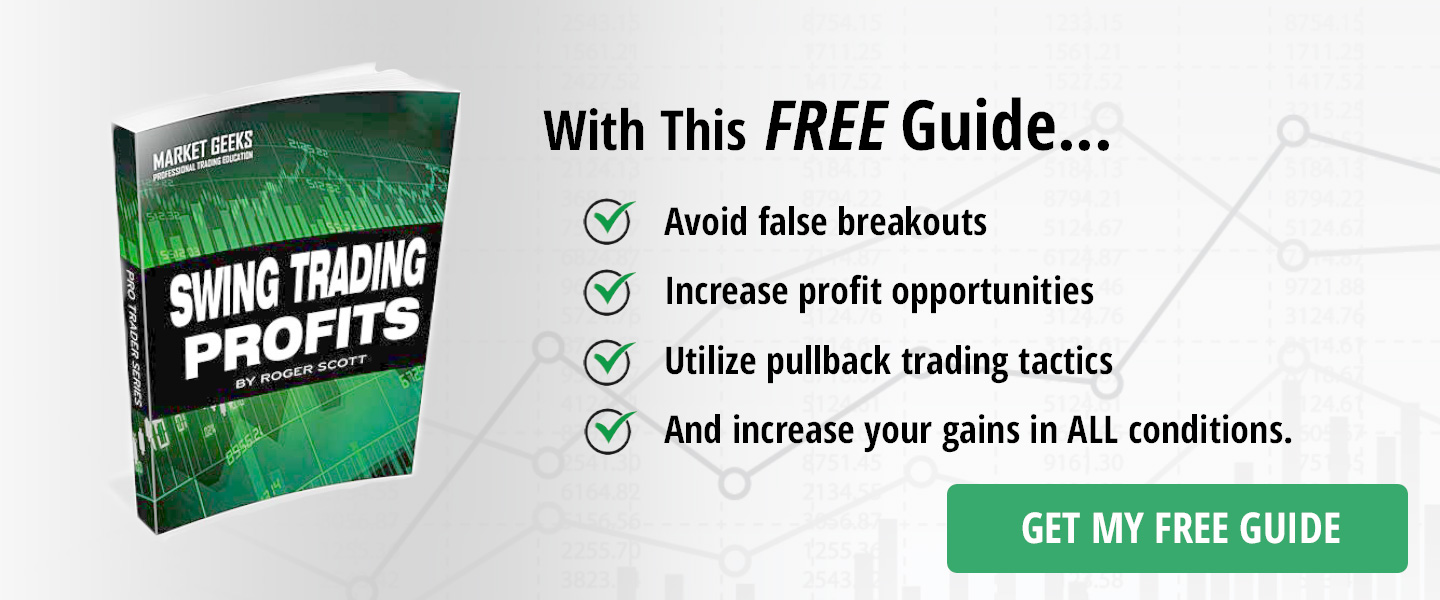
Often times when traders first begin trading options, they have a difficult time deciding whether or not they should be buying options or selling them instead.
With stocks, you are limited to buying and selling shares…
But with options, you have calls, puts, combination spreads and to make things more confusing; different strike prices and expiration dates to take into account.
And just when you thought you had it all down, you then have to consider implied volatility in all of this.
Consider the following simple example…
Stock ABC is trading at $50.00 per share and you believe that within the next month, the price is going to move down to $45.00 per share. Consider the different ways you can take advantage of this scenario:
- You can buy an at the money put option and wait for the price of ABC stock to move lower and capitalize on the increase in the price of the put option. For example, you would buy the ABC put option for $5.00 and when ABC stock is trading at $50.00 and you would liquidate or sell the option, when ABC stock decreases in value from $50.00 to $45.00, the options price would rise to $8.00, so you would make $3.00 profit.
- You can sell an at the money call option and wait for the price of the stock to move lower and capitalize on the price of the call option losing value. You would sell the call option at $5.00, when ABC stock is trading at $50.00, and liquidate or buy it back when the stock moves lower to the $45.00 level, at that time the option would be only worth $2.00. So the trader would make $3.00 profit.
- And if you’re a spread trading, you just as easily initiate a bear put spread or a debit put spread, which increases as the price of the underlying asset moves lower. Or if the trader prefers the sell side, a bear call spread can be initiated instead. And if you really wanted to go all out, you could construct all sort or ratio spreads and/back spreads to take advantage of ABC moving from $50.00 to $45.00.
As you can imagine, by the examples that I provided you, there are numerous ways to take advantage of a simple price move in the underlying asset; but to help you decide if you are going to be a buyer or a seller, you have to consider three important factors.
- Are you expecting a powerful move or a minor move in the underlying asset? give pros and cons for each one
- Do the options have substantial time till expiration (few months) or alternatively, have little time value left (few weeks)?
- Does the underlying asset exhibit strong volatility and trading range or low volatility, trading range and movement?
Each of these issues must be carefully considered, before you decide to be a buyer or a seller, since each one of these factors plays a vital role in determining if you should be a buyer or a seller.
All the best,
Roger Scott
Head Trader
Options Geeks











